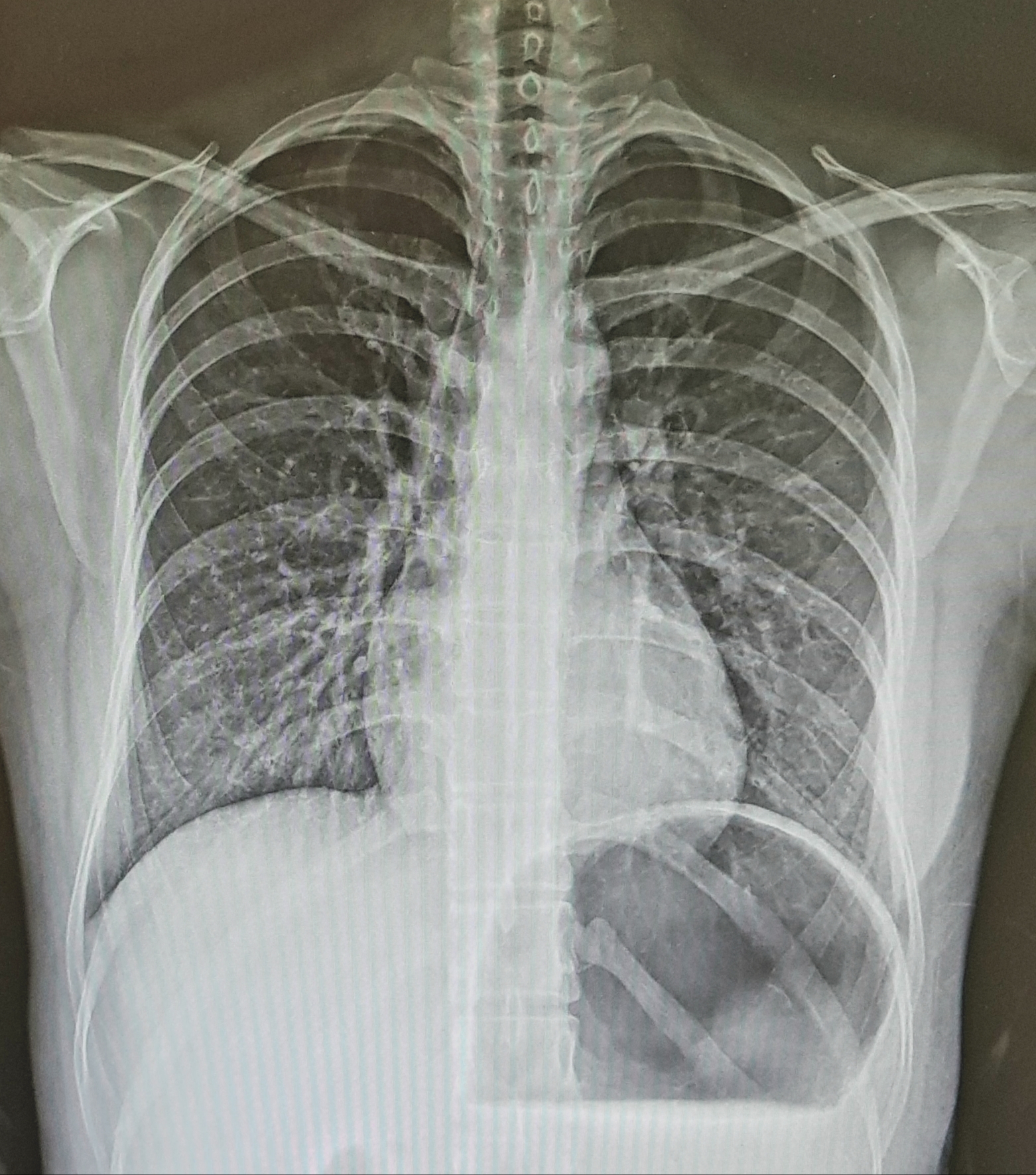| 일 | 월 | 화 | 수 | 목 | 금 | 토 |
|---|---|---|---|---|---|---|
| 1 | 2 | 3 | ||||
| 4 | 5 | 6 | 7 | 8 | 9 | 10 |
| 11 | 12 | 13 | 14 | 15 | 16 | 17 |
| 18 | 19 | 20 | 21 | 22 | 23 | 24 |
| 25 | 26 | 27 | 28 | 29 | 30 | 31 |
- 동위상 탈위상
- ECG gating
- FSE
- T2강조영상
- receive bandwidth
- radiographer nara
- K-space
- 사전포화펄스
- wrap around artifact
- saturation pulse
- fast spin echo
- no phase wrap
- 자기공명혈관조영술
- T2 이완
- 방사선사나라
- chemical shift artifact
- aliasing artifact
- T1WI
- saturation band
- MRI gantry
- MRI image parameters
- T2WI
- TR TE
- T1강조영상
- fractional echo
- MRA
- MR angiography
- tof
- MRI 영상변수
- slice gap
- Today
- Total
목록radiographer nara (35)
방사선사나라 Radiographer Nara
 [MRI] (영/한) SSFSE , HASTE / 고속영상법
[MRI] (영/한) SSFSE , HASTE / 고속영상법
(영어/영문/English) SSFSE stands for Single Shot Fast Spin Echo, and HASTE stands for Half Fourier Acquisition Single Shot Turbo Spin Echo. It is a method of using multiple ETLs such as FSE and using a method of half fourier acquisition to obtain an image. Since 64~128 echo is obtained during one TR, and only half of the K-space is acquired to make an image, the image can be obtained in 1~2 seconds...
 [MRI](영/한) FSE (Fast Spin Echo), TSE(Turbo Spin Echo) / 고속 스핀에코
[MRI](영/한) FSE (Fast Spin Echo), TSE(Turbo Spin Echo) / 고속 스핀에코
(영어/영문/English) Classic spin echo (SE) method? you can get one echo per TR. In the end, you can get an image only by receiving one echo for every TR and filling the K-space with the number of phase encoding steps. Scan time = TR x Phase encoding x NEX TR affects contrast, Phase encoding affects resolution, and NEX affects SNR. Multi echo (ME) method? Multiple signals are obtained by applying mul..
 [MRI](영/한) 3 Dimension Volume Image / 3-D 영상 획득 기법
[MRI](영/한) 3 Dimension Volume Image / 3-D 영상 획득 기법
(영어/영문/English) The concept of 3D in MR imaging refers to a method of acquiring images. In the 3-dimension method, RF pulses are applied to the entire volume to be imaged to determine location information and measure the signal. A 3D technique is possible by adding a slice encoding gradient in the direction of the slice selection gradient to the 2D method. The slice encoding gradient also change..
 [MRI](영/한) Gradient Echo의 종류 / 경사자계 에코의 종류
[MRI](영/한) Gradient Echo의 종류 / 경사자계 에코의 종류
(영어/영문/English) When TR is shorter than T2, transverse component that made the signal continues to exist in the next TR, so it appears in addition to the next signal, thereby artifacts appears in the image. In order to remove these artifacts and create a better signal, each company has developed a unique pulse sequence and used it. 1.GRASS (FISP) GRASS stands for Gradient Recalled Acquisition in..
 [MRI] Gradient Echo (GRE) / 경사자계 에코 신호
[MRI] Gradient Echo (GRE) / 경사자계 에코 신호
(영어/영문/English) The gradient echo (GRE) does not use two RF pulse waveforms, 90º and 180º, like spin-echo, but mainly uses one RF pulse waveform smaller than 90º to obtain an image from the FID signal. First, place the longitudinal magnetization with the transverse magnetization with the RF pulse waveform of aº, then dephase the spins by applying a negative gradient in the frequency direction, a..
 [MRI](영/한) Gradient Pulse / 그라디언트 펄스
[MRI](영/한) Gradient Pulse / 그라디언트 펄스
(영어/영문/English) 1. Slice selection gradient To select an image slice, an RF pulse having a frequency range corresponding to a desired slice thickness is applied while a gradient is applied. At this time, the applied gradient is called the slice selection gradient (Gs). Since the phase of the spins is scattered and the signal becomes small while the gradient is applied, after the RF pulse is appl..
